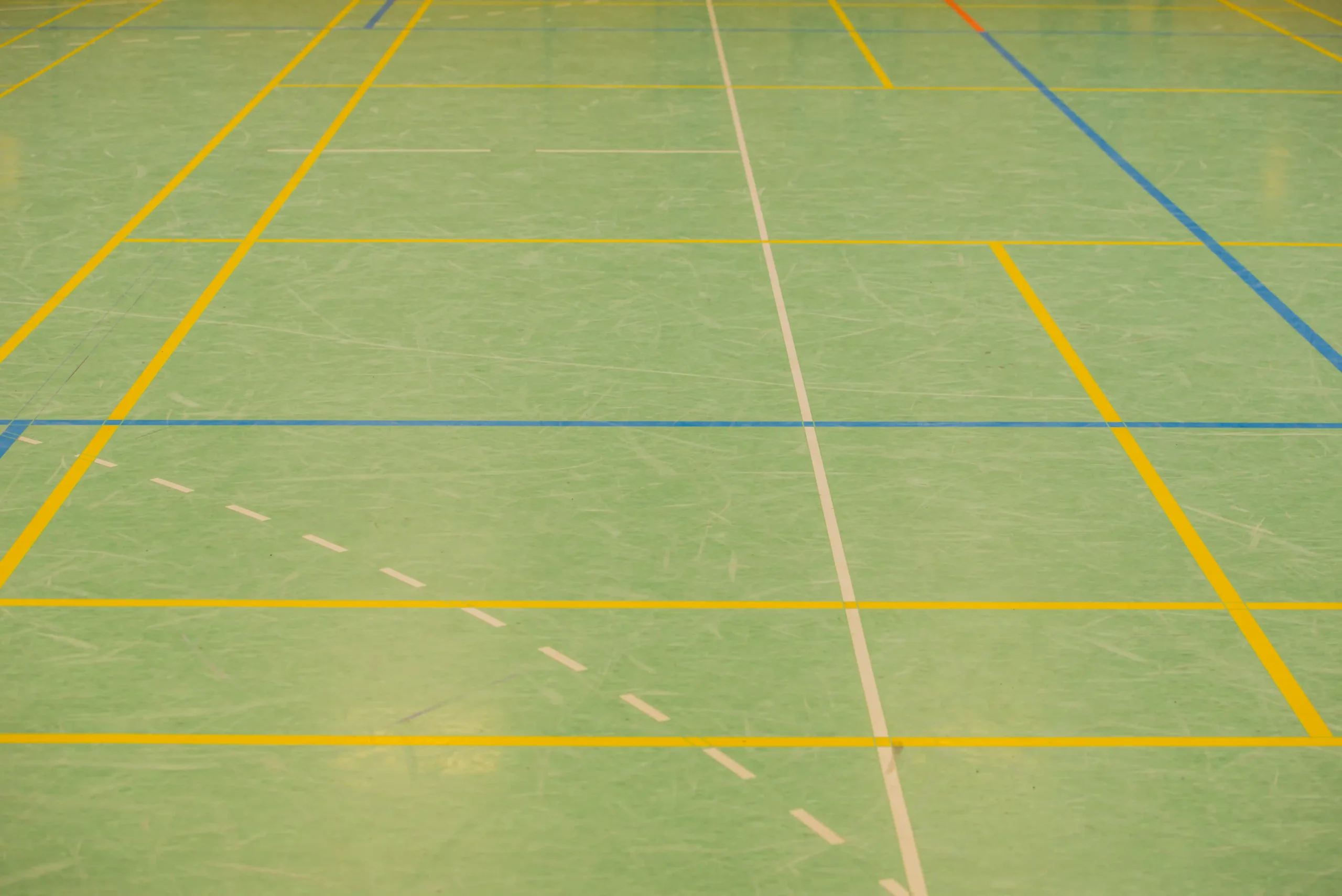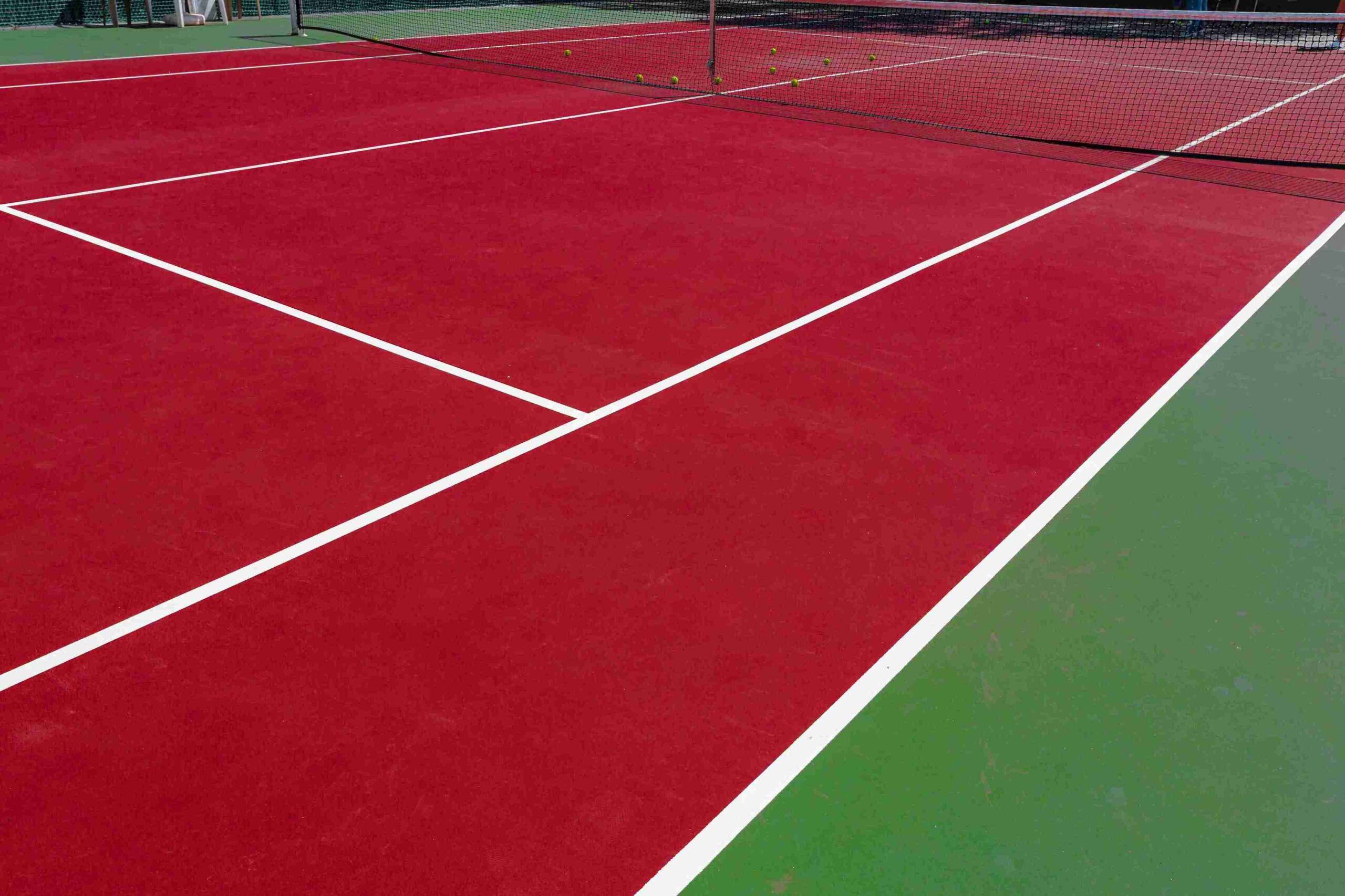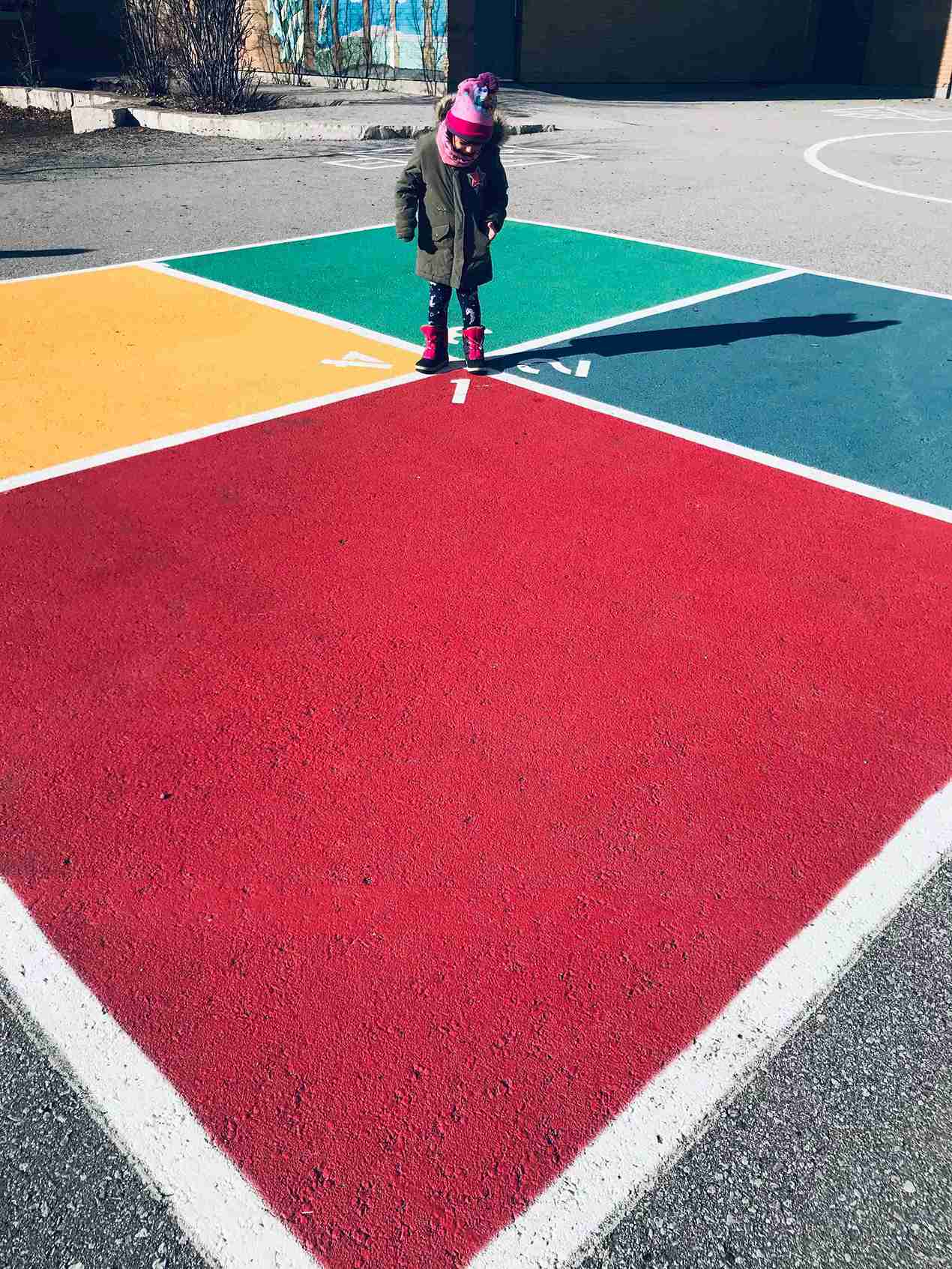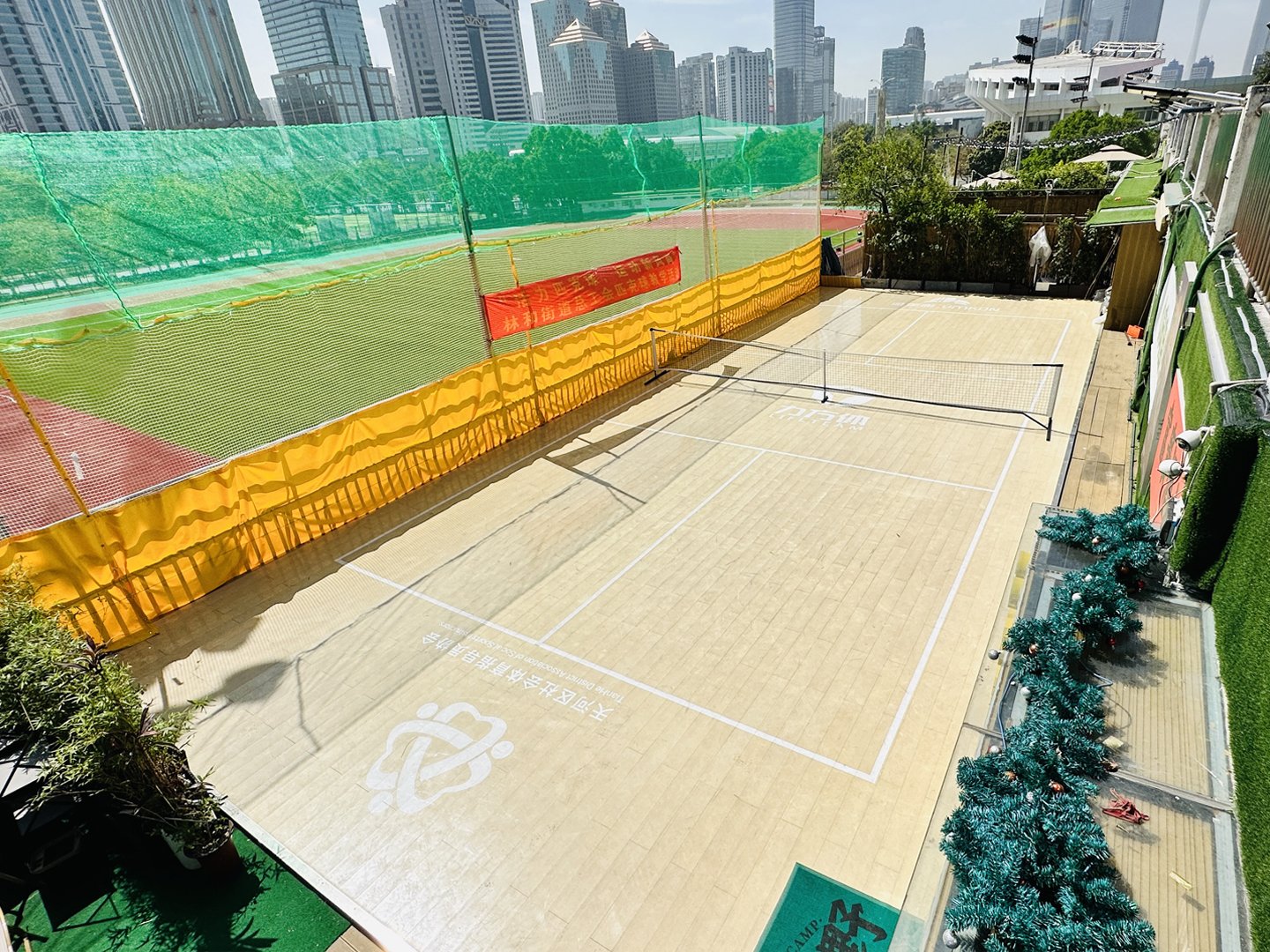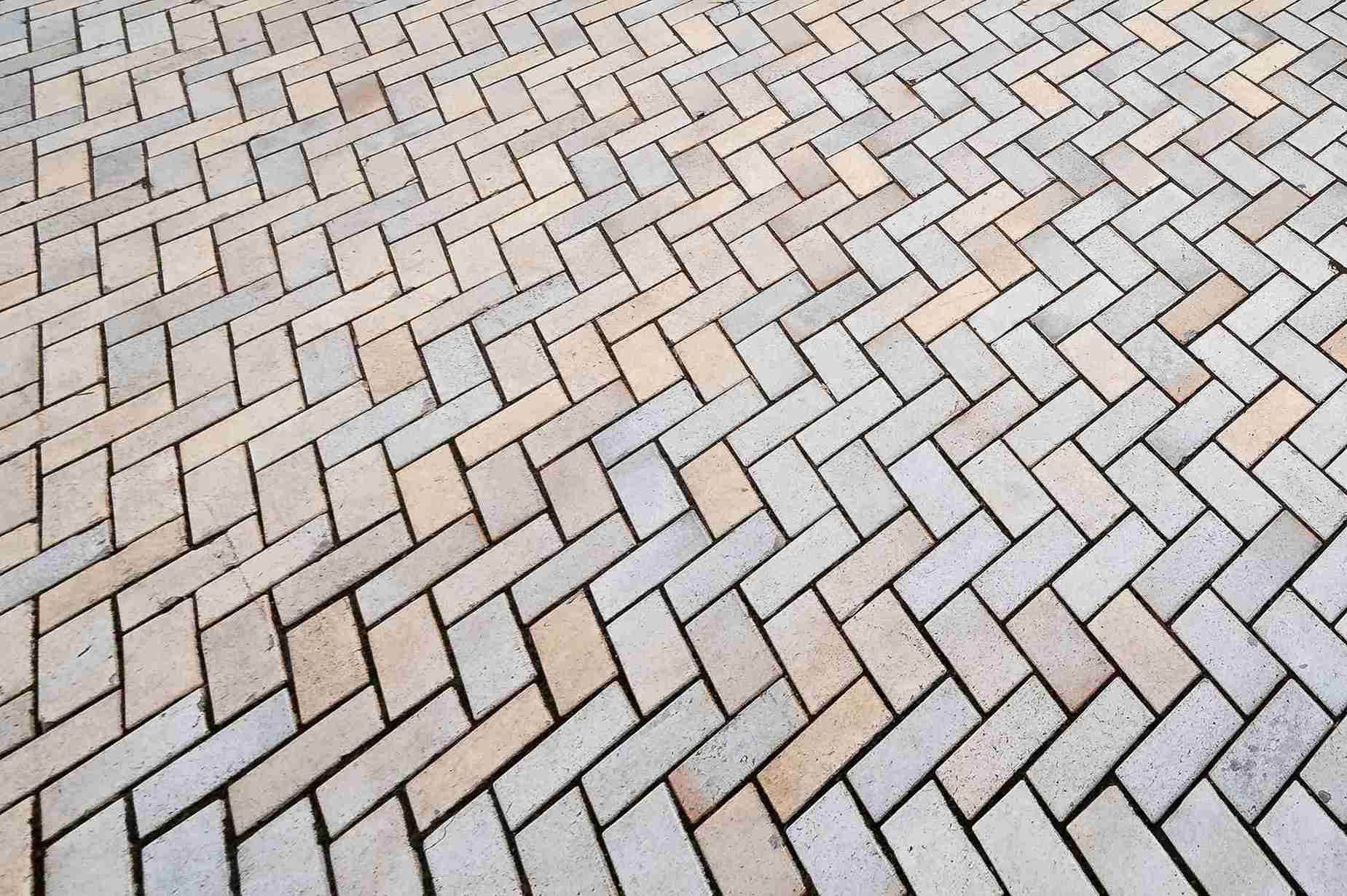If you’ve ever seen a once-bright sports court grow dull, brittle, and uneven in just a few years, you know the frustration. Players slip, unpredictable ball bounce, and maintenance costs add up. The culprit? Sun damage. To sports facilities that rely on outdoor courts, sunlight can be a sneaky and costly enemy.
It’s because of this that more and more sports venue managers are turning to UV-resistant sports interlock floors. They’re engineered to withstand strong sun glare without compromising good looks or performance advantage. So what, you may wonder, makes them different from the competition? And why are they the smart choice for schools, clubs, and stadiums as well? Let’s break it down.
What are UV-resistant sports interlock floors, and how do they work?
Sports interlock floors can look like plain plastic tiles on the surface, but the reality is more than what meets the eye. Each tile is made of top-grade polypropylene or an engineered plastic of the same type. The difference with UV-resistant types is that UV stabilizers are incorporated in their manufacture. These stabilizers act like sunblock for your court. They slow down the fading, cracking, and hardening of the surface, which otherwise happens when the floor is subjected to hours of sun daily. This means that your court will maintain its bright color and safe playing surface for years longer than ordinary tiles. The “interlock” term is based on the snap-together installation. Each tile snaps onto the next one with no nails or adhesive, producing a hard, glass-like finish. Need to pull out and replace a cracked tile? Simply pry it out and snap in a new tile — minimal downtime. Now that we know how they’re made, let’s talk about why this UV resistance is so crucial.
Why UV Resistance Is Critical in Sports Interlock Floors
Think about what will happen to plastic chairs that remain outside throughout the year. They weather, dry out, and crack. The same fate will befall outdoor sports flooring that is not UV-protected. Without UV stability, sports interlock flooring fades in a few years. The surface becomes harder and slipperier, which isn’t only aesthetically unattractive — it’s dangerous to athletes. Microcracks can even develop, allowing water in and creating mold or structural issues below. With UV resistance, you have:
● Long-term color: Bright court lines and logos are still sharp.
● Even play: Consistent grip and rebound of the ball.
● Better safety: No cracked, brittle surfaces that can cause harm.
● Lower replacement rate: Your floor lasts twice as long before it needs to be replaced in its entirety.
If the option is between resurfacing every 7–10 years or every 2–3 years, the choice is easy. However, when comparing VMKON to the rest, things are different.
How VMKON Sports Interlock Floors Stand Out From Competitors
When it comes to outdoor sports flooring, not all tiles are equal. VMKON’s UV-stable sports interlock floors are designed to withstand the rigors of long-term use in even the harshest climates.
Built to Last Longer
VMKON tiles withstand over 10,000 hours of UV exposure without noticeable fading. The majority of other competing tiles fade out after 6,000 hours. This will be useful to facilities in sunny regions of Southeast Asia, Australia, or the Middle East.
Easier Maintenance
Some flooring systems require special cleaning agents or regular surface maintenance. VMKON floors are smooth but not slippery, easy to clean with a light wash or gentle soap, and because they are produced in modules, you can replace one broken tile without touching the rest of the floor.
Cost Efficiency Over Time
Though VMKON UV-resistant floors are slightly more expensive initially, they are ultimately cost-saving. Less replacement, less downtime, and virtually no repair cost all contribute to a higher ROI for your facility. This performance and quality naturally lead to one question: which sports and venues utilize these floors best?


Best Sports and Venues For UV-Resistant Sports Interlock Floors
One of the greatest advantages of sports interlock floors is their versatility. They are suitable for several sports and can be fitted into various venue requirements. Used commonly as:
● Basketball courts — uniform ball bounce and grip.
● Tennis courts — ideal for friendly matches and tournaments.
● Pickleball — a growing sport that takes advantage of durable, outdoor-use surfaces.
● Futsal and volleyball — which promote quick movement and secure landings. Venues that benefit the most are:
● School yards and sports facilities.
● Community recreation centers.
● Outside stadiums and arenas.
● Temporary event courts for sports competitions and sports festivals.
With these common uses, it’s worth considering how these floors affect the bottom line of a facility.
ROI of Selecting UV-Resistant Sports Interlock Floors
Sports flooring is an investment — and every investment you’d like to see pay dividends. Even though non-UV tiles may be less costly in the initial investment, they’ll have to be replaced far sooner, draining your cash in the long run. Let’s have a quick comparison:
● Non-UV tiles: Replace after 2–3 years. Low capital cost, but high maintenance expenditure and downtime.
● UV-resistant tiles: Replace every 7–10 years. Higher initial cost (around 10–15% higher) but substantial cost reduction after 10 years.
For example, a school installing 500 m² of UV-proof sports interlock flooring at $30/m² is $15,000 as an upfront cost. Going with cheaper $26/m² tiles is $13,000 as an upfront cost — but after a few more replacements in 10 years, it is much more expensive. I.e., a little money upfront is saving a great deal later. And when choosing a supplier, VMKON offers even greater reasons to make the change.
Why Choose VMKON Sports Interlock Floors
Purchasing sports flooring is not merely selecting the tiles — it’s selecting a company that you can rely on. This is how VMKON is different:
● Increased UV protection tested for long-term outdoor applications.
● Personalizable patterns like lines, colors, and logos.
● Easy to fit — no need for special tools or adhesives.
● Direct manufacturer advantage — better pricing, faster delivery, and strict quality control.
International experience working with customers in several countries and environments.VMKON is not a reseller. They manufacture, design, and customize solutions specifically to meet your particular sports flooring needs. It is therefore a good choice for any facility that would like to get the best combination of performance, durability, and value.
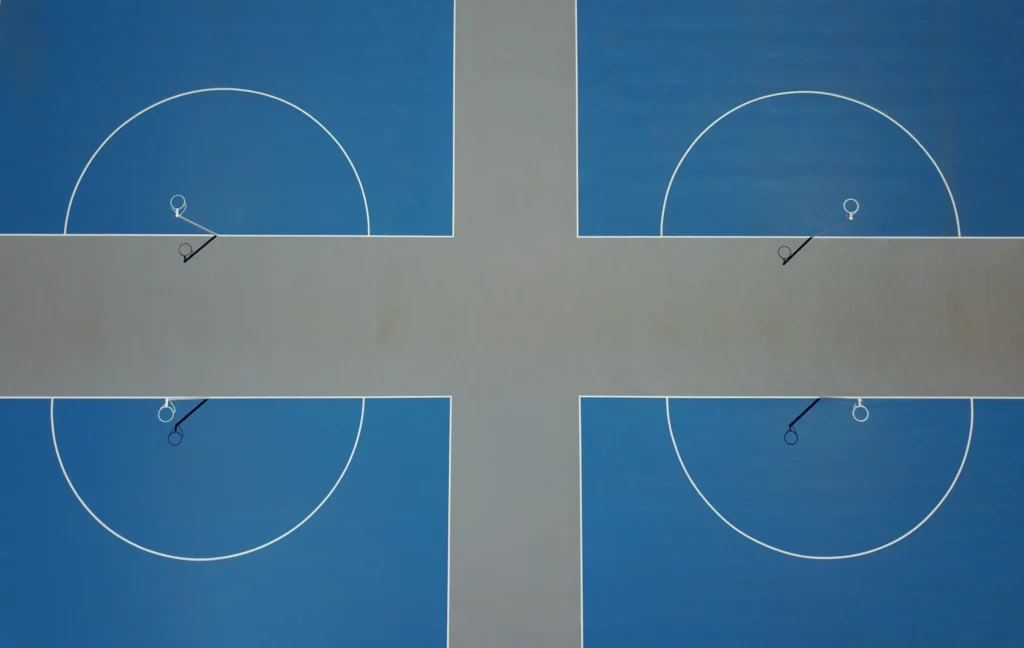

Final Words
Your sports floor is the backdrop to all your events, practices, and games. Choosing UV-resistant sports interlock floors is choosing a surface that is economical, bright, and safe for years — even under the most intense sun. If you would like to give your players the court they deserve for a fraction of the replacement and maintenance cost, it’s time to take the next step. Contact VMKON today and let us design a sports floor that will endure for generations. If you’re reconditioning a schoolyard, stadium, or community court, VMKON has the technology and expertise to offer a winning solution.
FAQs1. What are sports interlock floors?
Sports interlock flooring consists of interlocking sports flooring tiles that fit together to create a non-slip, durable sports surface.
2. UV-resistant Sports Interlock Floors will last for how many years?
They retain their color 7–10 years or more under proper care, even in full sun.
3. Is an interlock sports floor suitable for outdoor applications?
Yes. UV-resistant versions have been designed to withstand outdoor weather without cracking or fading.
4. Can sports interlock flooring be installed by me?
Yes. The snap-together functionality allows simple installation using no professional tools.
5. What sports can be played on sports interlock floors?
These are ideal for basketball, tennis, pickleball courts, futsal, volleyball, and multi-sport courts.
6. How do you clean sports interlock floors?
Use a leaf blower, broom, or mild detergent and pressure washer for low-maintenance care.
7. Are sports interlocking floors sold in multiple colors?
Yes. Some suppliers, like VMKON, offer a number of colors and special markings.
8. Are interlock sports floors safe for athletes?
Yes. They provide traction, shock absorption, and a level playing field to reduce risks of injury.
9. How expensive is an interlocking sport floor?
Prices differ, but UV-resistant ones can cost slightly higher initially and save you money in the long run.
10. Why does VMKON have interlock floors?
They provide excellent UV protection, easy installation, personalization, and direct manufacturer pricing.

